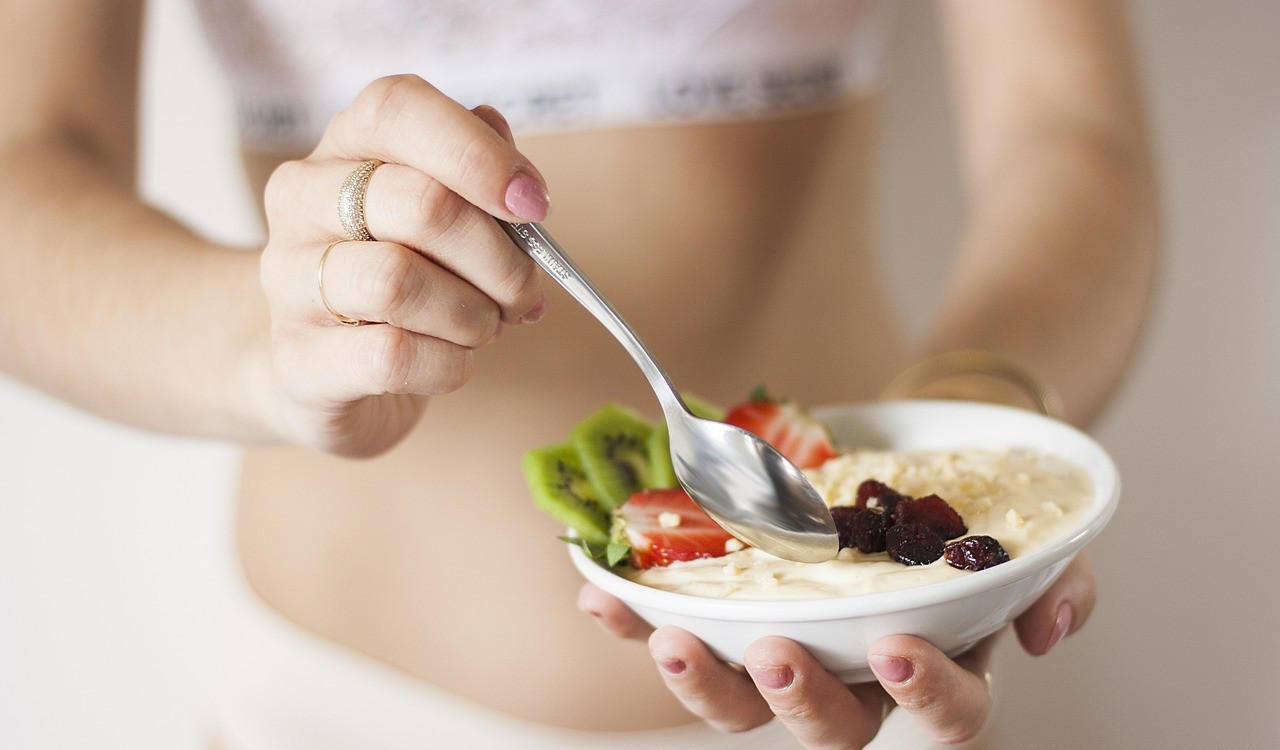It is difficult to define bulking and cutting, but the best way to do it is to explain what these dietary manipulations do to your body. A bulking diet consists of consuming more calories than necessary in order to gain weight, then building muscle by performing resistance exercise. In contrast, cutting involves consuming fewer calories than you burn. This method is typically used for getting rid of the excess fat, and it is usually used to help the athletes get ready for bodybuilding competitions or models get ready for photoshoots.

Tips to Start Bulking
In order to increase muscle mass, you should consume a caloric surplus when doing bulking. The body is generally in an “anabolic” state when eating at a caloric surplus. During this time, new tissue will be formed, such as muscle and bone. The caloric surplus you consume should be controlled, however. Overeating is not a good idea, you should eat slightly more calories than you need for maintenance.
Get Enough Protein and Fat, and Plenty of Carbs
Diets low in carbs are popular for a number of reasons, but they’re not ideal for bulking up. During bulking, your body needs glycogen produced by carbohydrate consumption to power heavy lifting. In addition to promoting muscle growth, insulin spikes associated with high carb intake also play a role in boosting testosterone levels.
The truth is that you do not need as much protein as you might think to bulk up but can still gain muscle. Maintaining hormonal balance requires moderate fat intake. Avoid excessive fat gain by avoiding “dirty bulking” or eating junk food. This is not only unhealthy for you, but it increases fat gains, which makes cutting more difficult.
Lift Heavy and Do Moderate Reps
During bulking, you should lift heavy and do about 8-12 reps per set, as the goal of bulking is to pack on muscle mass. Compound exercises such as squats and bench presses, combined with assistance exercises, are the best for you. Finally, strive to make steady progress in your lifting.
Tips to Start Cutting
In the same way that bulking is aimed at increasing calories, cutting is aimed at reducing calories. As a consequence, your body enters a catabolic state in which tissue is broken down. Rule number one is to make sure your calorie intake doesn’t fall below maintenance.

Pump Up the Tempo
When cutting try to do exercises that will burn significant calories and increase your heart rate. Your workout should focus on burning excess calories. Adapt your workout routine to keep your heart rate up and keep it dynamic. A good way to reduce rest times is to use supersets.
Maintain a Healthy Protein Intake
On a cut, protein is more important than on a bulk, since it helps spare muscle tissue during tissue wasting. It may not be necessary to increase your protein intake dramatically during a cut, though keeping it higher is recommended.
Don’t Expect Major Gains
Strength training is crucial during a cut as it helps keep muscle mass up during a calorie deficit. If possible, work to improve your lifts, but do not expect significant improvements. As always, consider the risks and benefits of bulking and cutting before incorporating them into your training regimen. Remember to be gentle with yourself and always listen to what your body needs.

